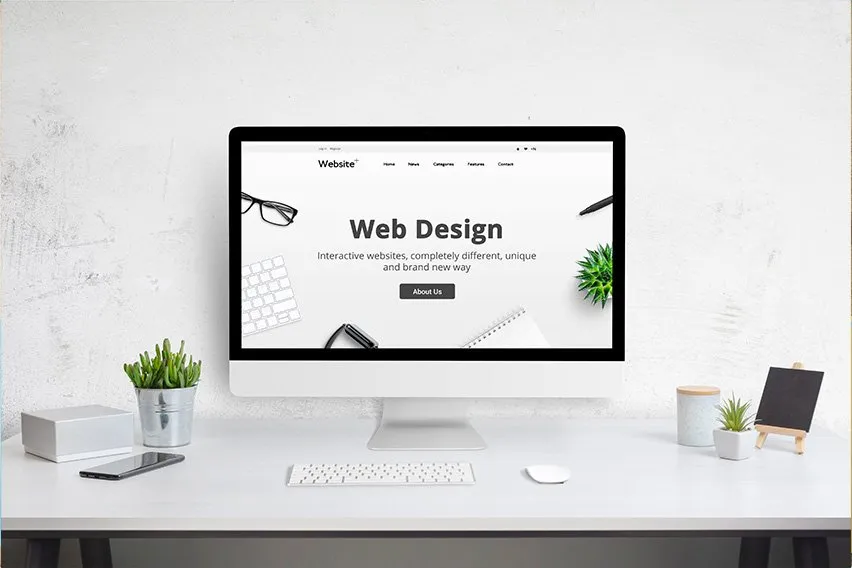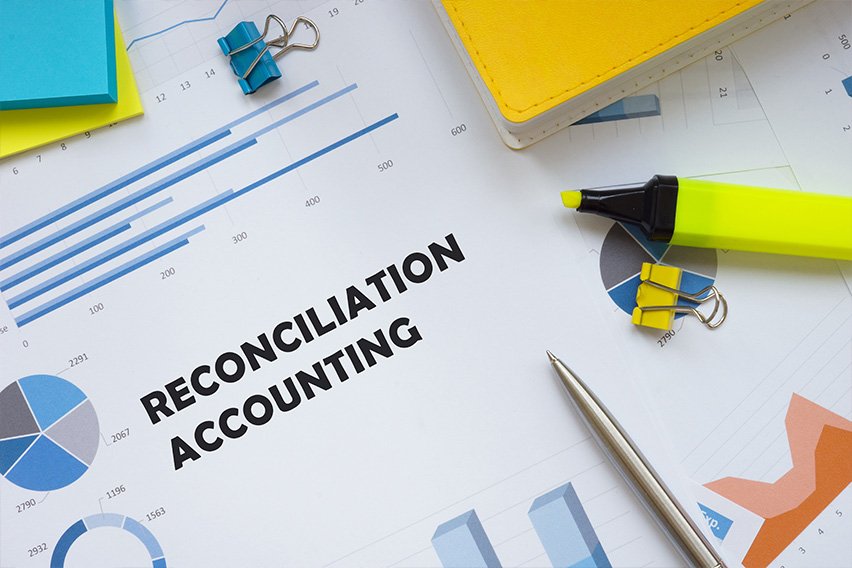How to Start Your Own Web Design Company in an Afternoon: A Guide

Start your own web design business in an afternoon with our simple step-by-step guide. Creating an online business doesn’t have to be difficult. In a few hours, you can do everything you need to set your web design business up for future success.
In this article, we’ll cover:
- Do Market Research
- Write Your Business Plan
- Figure out Startup Costs
- Choose a Business Structure
- Pick a Business Name
- Register Your Business
- Get a Tax ID
- Open a Business Bank Account
- Make a Website and Portfolio
- Start Promoting
1. Do Market Research
Market research helps you understand who your potential clients are and what kind of demand there is for your work.
Find out what kinds of problems businesses are having with building websites. A quick search online should find forums where business owners vent common concerns. Now figure out what kinds of solutions you can offer.
First, you need to decide whether you’re going to target a niche (just WordPress templates) or offer all types of services related to web design. Ask yourself: what types of work am I best at? And think about whether you want to do web development as well.
Now take a look at who your competition is in your chosen niche. You’ll need to look locally and further afield. There’s always plenty of competition in web design. Study what type of work your competition does, what clients they have and how they get new ones, according to Mayven.

2. Write Your Business Plan
Even if you won’t apply for funding, a business plan is always a good idea, even if it’s just a rough sketch of your future plans.
The Small Business Administration (SBA) has guidelines for writing a lean startup plan. Make the following headers and fill out your responses:
- Partnerships: whether you’ll work with any suppliers, subcontractors etc.
- Key activities: list them and how they’ll deliver a competitive advantage
- Key resources: how you can leverage any specialized training or resources geared specifically to you (there’s business support available for women, veterans etc.)
- Value proposition: state the unique value you’re bringing to the market
- Target market: what types of clients will you service
- Channels: how you’ll communicate with potential clients: social media, newsletters etc.
- Cost structure: your most biggest costs
- Revenue streams: how you’ll get money. Are there other revenue streams you can add, like designing WordPress templates for download from your website?
3. Figure out Startup Costs
You need to figure out how much it’s going to cost to start your business. Here are some items you may need to invest in:
- Computer
- Business website (hosting etc.)
- Business license (fees vary by state)
- Software
- Training or other education
- Home office furniture and supplies
You may have many of these items already but you might also need to upgrade. Tally up the costs and decide if you need a business loan. The SBA has a Lender Match program that helps you find SBA-approved loans.
4. Choose a Business Structure
Your business structure is something you should decide from the get-go as it’ll influence how you do your taxes and how much personal liability you’ll have for your business, according to the SBA.
Four common options are:
- Sole proprietorship: a one-person operation that’s simple to start. You don’t need to register a business and you’ll use your personal taxes to record your business profit and expenses. You are personally liable for the debts and obligations of your business. Best for freelance web designers.
- Partnership: two or more partners own a business together. Profits are passed through to the partners’ personal tax returns. A limited liability partnership is also possible, a structure that protects each partner from the debts of the other.
- Limited Liability Company (LLC): protects your personal assets in case the company goes bankrupt or is hit with a lawsuit. Profit and loss is recorded through your personal taxes; an owner doesn’t pay corporate tax.
- Corporation: a legal entity that is completely separate from its owners. Business taxes are filed and corporate taxes are paid.
5. Pick a Business Name
Before you register your business with your state, you need a business name.
Sole proprietor web design companies may simply want to operate under their legal name, which doesn’t need to be registered. If you want to use any other business name, like John Smith Web Design, you will need to register the name with your state.
You can also choose to trademark the name of your business and register your domain name, which doesn’t need to be the same as your legal business name.
6. Register Your Business
If you’re operating your business as your legal name, you don’t need to register your business i.e. John Smith.
Still, registering your business with your state has legal and tax benefits and offers personal liability protection, according to the SBA. Partnerships, LLCs and corporations must register with their state. Check your state’s website—you may be able to register online. The SBA will help you find this website. This cost is usually less than $300.
All business structures other than sole proprietorships need a registered agent, as well.
7. Get a Tax ID
First, apply for a federal tax ID, or Employer Identification Number (EIN). You’ll need it to apply for business loans and apply for licenses and permits.
Now get a state tax ID number. Check your state government website to apply—use this SBA tool to find the right website. You should also check this website to see if you need a business license.
8. Open a Business Bank Account
Business bank accounts make it easier to track your spending via your accounting software and it also offers personal liability protection.
To open a business bank account for your web design company, you’ll need:
- EIN tax number
- Business formation documents
- Business license
This may be a step you have to do later, once you have the necessary documents. This article has a step-by-step guide to opening a business bank account.
9. Make a Website and Portfolio
Starting a web design company with no portfolio isn’t possible. You need to be able to show potential clients samples of your work. If you don’t have samples yet, put it on your to do list to come up with at least six in the area you specialize in.
Now start to create your personal website with an online portfolio creator like Format. You only have an afternoon, so lay down the basics. Buy your domain name, if you haven’t already. And put your skills to work to show how you differ from every other web design company out there. Most important: build that portfolio with your best samples.

10. Start Promoting
Contact family and friends and offer to do free or discounted work for them. Build a list of prospective clients and email at least one client, offering to do work for them for free. Think about designing website templates and posting them as free to download on your website, says Mayven.
Rev up your marketing efforts by signing up for platforms like Github, Behance, Dribbble and StackOverflow where you can post your work and get noticed. Social media accounts are not a given. Only make accounts on platforms where you think your work will be noticed.
The point isn’t to do everything, but to only do marketing you feel will be effective.
Now you’re on your way to being a successful web design business owner—in just an afternoon.
People also ask:
How Much Do Web Designers Make?
The average salary for a web designer in the U.S. is $64,853 to $86,712 per year. The average salary for a web designer is $75,857 per year, according to Salary.com.
This number depends on the web designer’s education, certifications, skills and number of years working.
The average hourly rate is $19.72 and the range is $11.72 to $48.52, according to Payscale.
Keep in mind that these figures include agency employees. Freelancers and small businesses will have higher hourly rates as they need to account for overhead costs, like rent and software fees.
This web designer started at $15 per hour and raised his rates to $25 to $50 per hour within the year. An hourly rate of $65 is common after a couple of years of experience and $120 per hour works if you have a knock-out portfolio and reputation.
RELATED ARTICLES

 Small Business Ideas for Small Towns: The Definitive List
Small Business Ideas for Small Towns: The Definitive List What Should You Be Doing at the End of Every Business Day?
What Should You Be Doing at the End of Every Business Day? How Much Should I Pay My Employees?
How Much Should I Pay My Employees? How to Get More Customers for My Business: 7 Effective Ways
How to Get More Customers for My Business: 7 Effective Ways How to Increase Revenue: 13 Strategies
How to Increase Revenue: 13 Strategies Pros and Cons of Starting Your Own Law Firm
Pros and Cons of Starting Your Own Law Firm